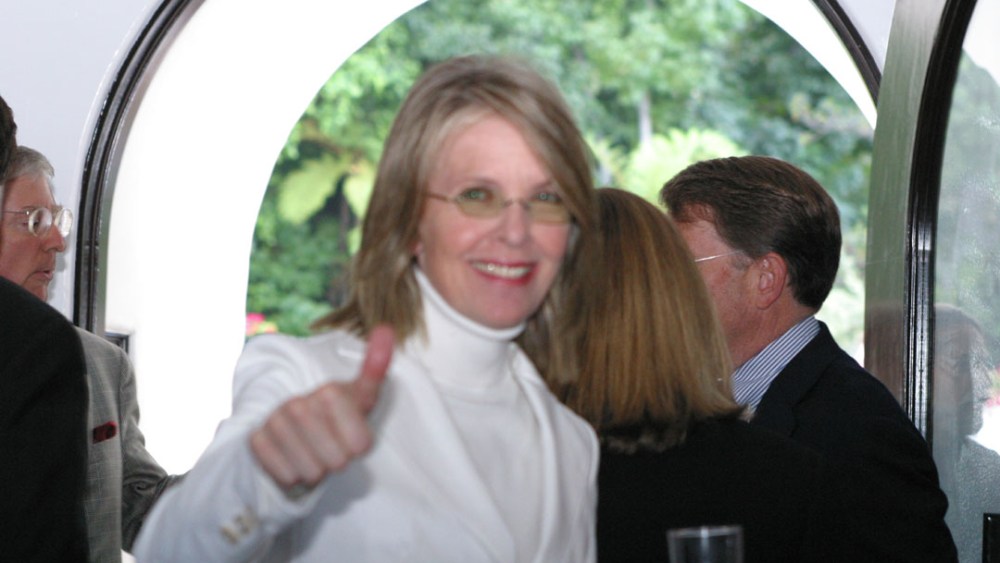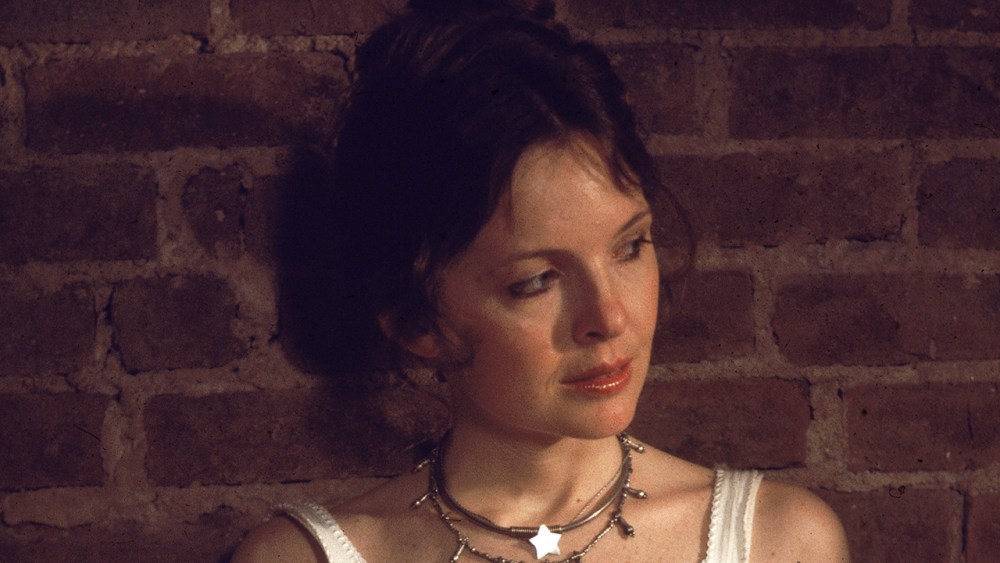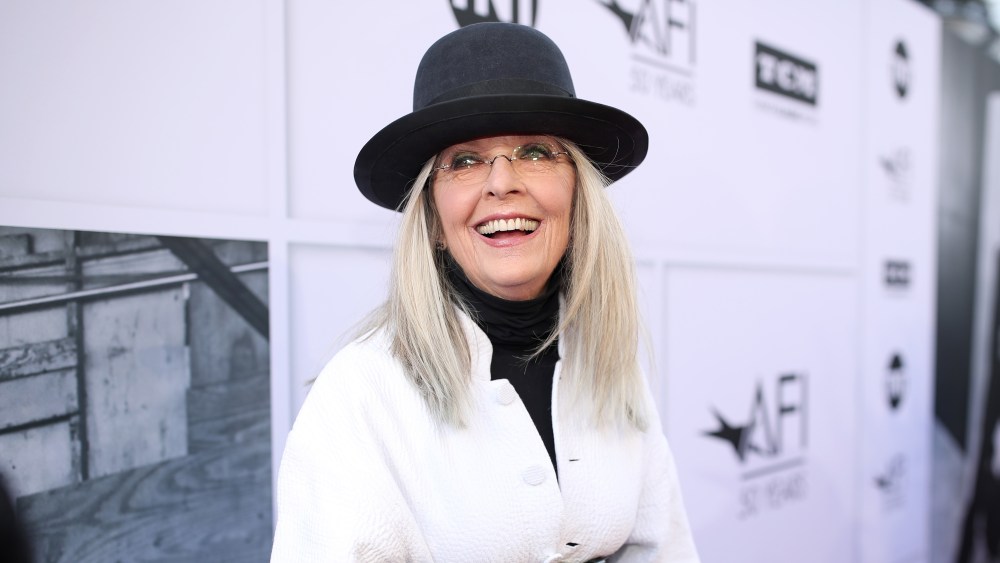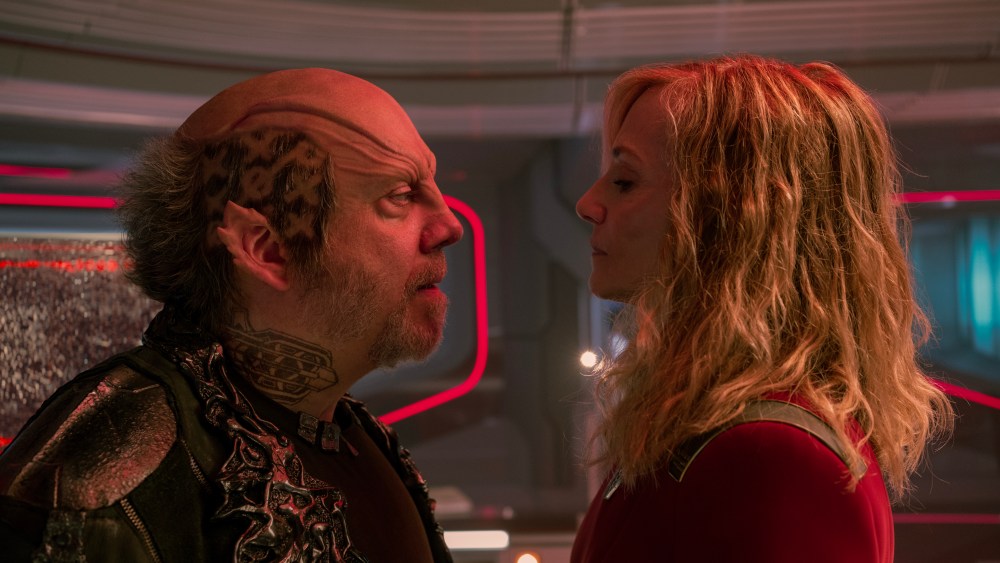On a brisk February evening in 2006, around a hundred people gathered in the venerable Koreatown watering hole HMS Bounty to pay their last respects to Los Angeles’ historic Ambassador Hotel. Despite the best efforts of the Los Angeles Conservancy, the Ambassador had been torn down — and among the speakers decrying the fate of the legendary institution that evening was Diane Keaton.
Keaton, who died Saturday at 79, is of course known the world over for her on-screen credits, from “Annie Hall” to “The Godfather,” “Father of the Bride” and so much more. But in Los Angeles, she was also known for her passionate work in trying to preserve the city’s history. Keaton spent nearly two decades on the board of the L.A. Conservancy, and lent her voice to the org in countless campaigns to save some of the city’s historic and culturally significant homes and buildings.
“The more I got to know her, the more I understood where that passion came from,” said former L.A. Conservancy president Linda Dishman, who retired after 31 years with the org in 2023. “A lot of that came from her family and growing up in Los Angeles. Really having a connection to the stories and places that make L.A. the city that it is. She had a very genuine passion for historic preservation, not only for the buildings or the cultural landscapes, but for what they mean to people and what they would mean in the future. She definitely got the relationship with how we’re doing this for future generations.”
Keaton first became involved through her interest in historic homes — one of which, built by famed architect Lloyd Wright, she called her own. Her association with the group started when she was curious about the Spanish house owned by one of the Conservancy board members — but soon she got deeply involved with the org, speaking at one of its benefits and then joining its board.
“She was just charming, and it was great being with her, because we shared a passion for historic places,” Dishman said. “Houses were her first interest, and she bought historic houses and restored them, like the Lloyd Wright. But she very much cared about the whole architectural landscaoem and so the fight that she probably was most engaged with, because it took so long, was the Ambassador Hotel.”
Designed by architect Myron Hunt, the Ambassador Hotel opened in 1921 — back when that portion of mid-Wilshire was the outskirts of town — and soon became the glamorous playground of the rich and famous. Later, architect Paul Williams added his own touch, including a famous coffee shop, and then the Cocoanut Grove nightclub really put it on the map. The hotel saw every president visit from Hoover to Nixon — but then was the scene of Robert F. Kennedy’s assassination in 1968. The hotel declined from there, and finally shut down in 1989. After that, it became a regular location for film and TV shoots; the LA Unified School District bought the site in 2001, and after a lengthy fight with the Conservancy, which hoped to see the existing structure be adapted into the school, LAUSD was allowed to tear it down in 2005. (The Robert F. Kennedy Community Schools now sit on the property.)
“The Ambassador told so many stories about the history of Hollywood in Los Angeles that she she just was extremely passionate about,” Dishman said. “Not only about its history, but about what it could become — because that was a large part of the Conservancy’s work. Trying to show the school district that the building could become a really great learning facility. She really thought this would be a great solution.”
At the 2006 wake, Keaton expressed her disappointment (watch it here): “I wanted to join in with everyone from the Conservancy and express my heartfelt regret that our effort to save the Ambassador Hotel was lost on a confused public who could do nothing more than shrug their shoulders in apathy,” she said. “Looking at the shadow of our once glorious Ambassador Hotel, like losing a lover, I felt that familiar pounding heartbeat racing through my body, and I felt the loneliness of her last stand. I heard an echo, an echo, and maybe it was the echo of the ambassador calling me. It was almost as if she was saying to me, she was saying, ‘goodbye, Diane, Keep me in your heart, and next time, try harder.’”
At the Conservancy, Keaton did continue to work hard: Dishman noted that the star was forever allowing the org to use her name to get its foot in the door. “This is LA and sometimes it can be hard to get a meeting with an elected official, but I say I’m calling instead of a meeting, ‘Diane Keaton would like to meet with your boss’ or whatever, and people would always say yes. Even if they didn’t agree with us. Everybody wanted to meet with Diane, and even at the end of the meeting, they might not have changed their position. I think she opened the door, and it might not have saved the Ambassador, but hopefully it changed how they view preservation on another issue. She was very open with me about ‘use my name. If you want a meeting, you call and get it, and I’ll be there.’ She was willing to go the extra mile and not just do the easy stuff.
“She had a way of speaking to people about preservation,” Dishman added. “She wasn’t pompous. She just was very direct, and had so much passion that everybody wanted to come along with her.”
Among other projects, Keaton also celebrated the preservation and restoration of Frank Lloyd Wright’s Ennis House, which she loved had some similarities to her Lloyd Wright house.
‘She always came to our benefits,” Dishman said. “She loved success stories, like this building was threatened and it gets saved. She loved the Preservation Awards. She also got involved with the National Trust for Historic Preservation. She was on their board for three years. Just seeing, like at an airport in New Orleans, how people responded to her, was really a testament to who she was and how people loved her.”
A few years after the Ambassador wake, a fired-up Keaton wrote more about it — and the lessons she learned from that disappointment — in a Los Angeles Times editorial: “We’ve treated old buildings like we once treated plastic shopping bags — we haven’t reused them, and when we’ve finished with them, we’ve tossed them out. This has to stop. Preservation must stand alongside conservation as an equal force in the sustainability game. More older and historic buildings have to be protected from demolition, not only because it affects our pocketbooks but more important because it threatens our environment. Let’s face it, our free ride at the expense of the planet is over… When we tear down a building, we are wiping out lessons for the future. If we think of it that way, we will begin to understand the emotional impact of wasting the energy and resources used to build it in the first place.”














Leave a Reply